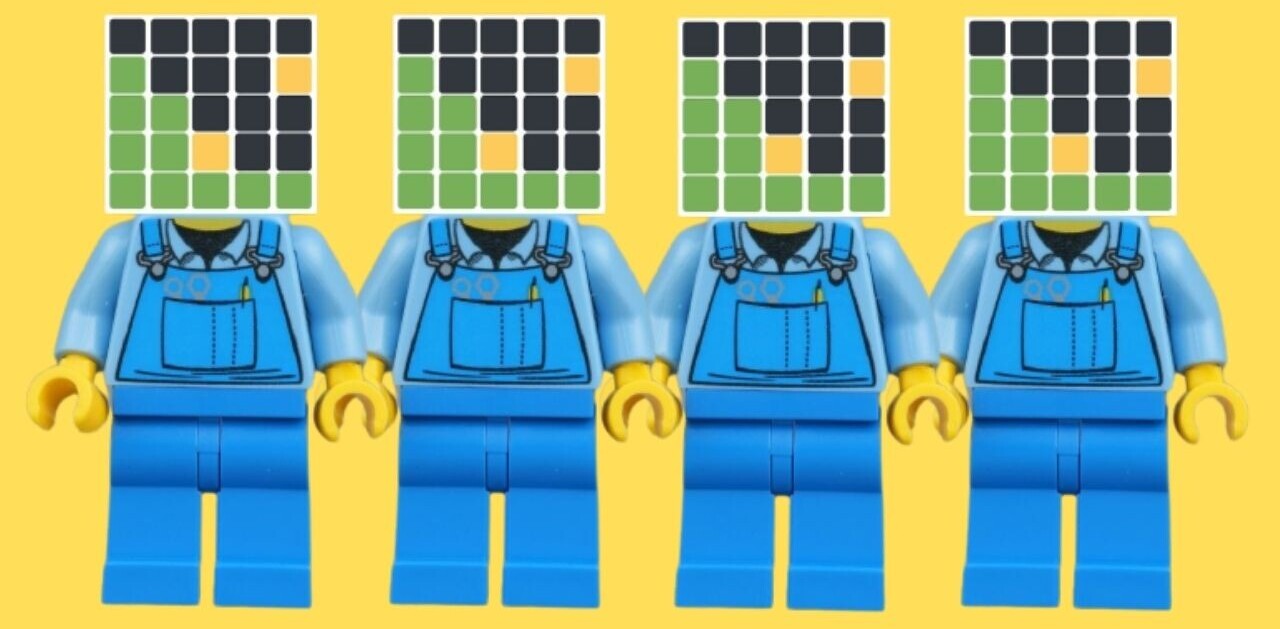
 Waze takes a social approach to solving that irritating modern problem – traffic congestion. Until this week it was only available in the USA but now it’s gone worldwide.
Waze takes a social approach to solving that irritating modern problem – traffic congestion. Until this week it was only available in the USA but now it’s gone worldwide.
Waze is a mobile app available for iPhone, Android and Symbian. By leaving the app open on your phone as you drive around you feed data about traffic conditions back to other users. The idea is that you can see where there are delays thanks to data from other drivers, making it easy to avoid traffic jams.
Most of the data Waze needs (such as average speed and current location) is uploaded automatically as you drive around. To make for a richer experience, users can enter text updates and post photographs of current conditions to help fellow drivers in the area know what’s going on. Don’t worry safety-heads, you can only post text and photos when the car’s not moving.
This is a bold attempt at creating a social alternative to traditional traffic news services. Local radio and Google Maps may give you news of delays but they aren’t live on the scene of each problem giving up-to-the-minute updates. That’s the kind of rich data only a social solution like this can provide.
However, Waze has a couple of significant problems that may stop it from becoming your first choice for traffic news.
Making the map
 Firstly, Waze hasn’t licensed complete map data for the world. It does have some basic map data in certain countries (such as the USA) but everywhere else will rely on users creating a completely new map with data from using the Waze app. This means that if you browse the world map on the website you’ll find that most of the planet is devoid of roads, waiting for users to fill in the information as they drive around.
Firstly, Waze hasn’t licensed complete map data for the world. It does have some basic map data in certain countries (such as the USA) but everywhere else will rely on users creating a completely new map with data from using the Waze app. This means that if you browse the world map on the website you’ll find that most of the planet is devoid of roads, waiting for users to fill in the information as they drive around.
As a result of this ‘build it yourself’ approach, users are encouraged to spend time correcting data on the Waze website. Luckily, it seems a few amateur cartographers have taken the service to their heart and are working hard to ensure the map data is improved. According to the company’s blog, Italy is a particular hotspot of use since international launch five days ago.
If you’re wondering why Waze doesn’t use the free OpenStreetMap service for map data, it’s down to the fact that Waze is a commercial service. That counts OpenStreetMap out, while other solutions such as Navteq data is too expensive for the start-up.
Still, chances are you’ll have to work hard on your local area if you want to get the most out of Waze. My city of Manchester is missing entirely. The nearby town of Wigan is reasonably covered (even if it’s called ‘Wihan’ on the map for some reason).
What comes first – users or data?
The second problem with Waze is that there’s a chicken/egg problem. Until enough people use it to make it invaluable many people will simply not bother with it. When I leave the house in the morning I need to know about traffic jams nearby but if few people are using the app there’s little chance Waze telling me about them.
Waze’s approach to traffic news may seem a novel one but in the city of the future everyone and everything will be sharing data about their surroundings like this.
Waze should still be commended for kickstarting the idea of social traffic news. Let’s just hope they can navigate their way around the problems en route to success.
Get the TNW newsletter
Get the most important tech news in your inbox each week.




